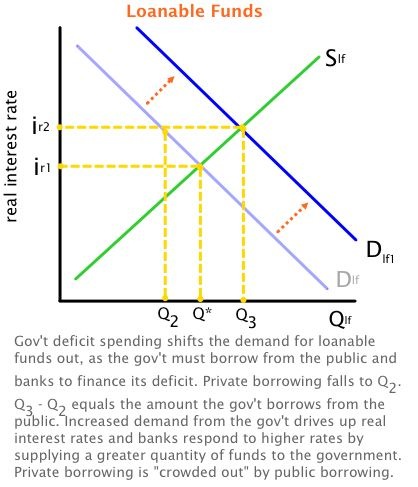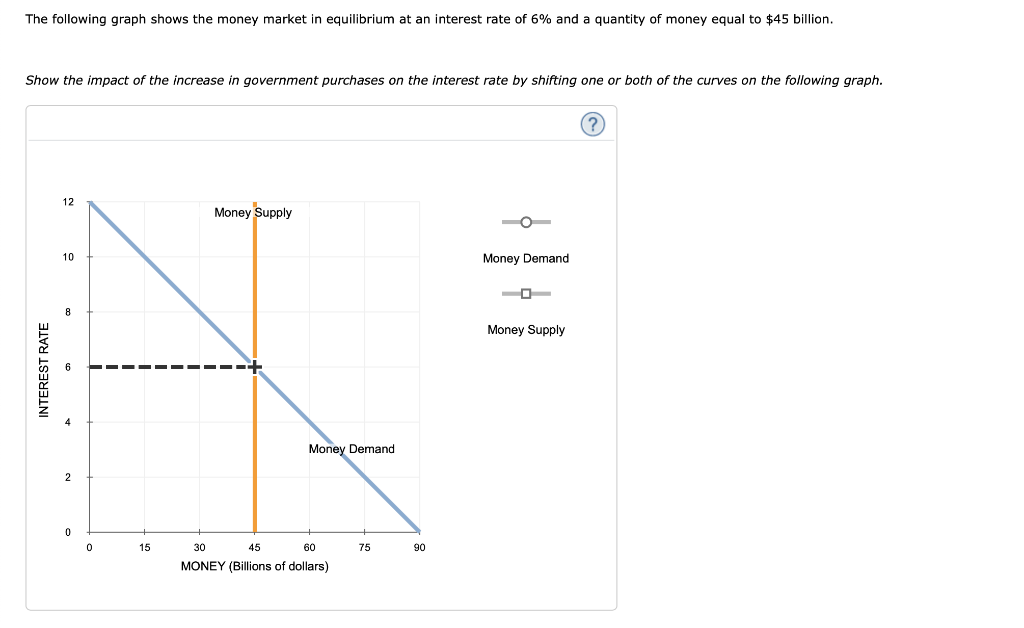

With regard to the amount of JGBs to be purchased, the Bank will conduct purchases more or less in line with the current pace - an annual pace of increase in the amount outstanding of its JGB holdings of about 80 trillion yen - aiming to achieve the target level of the long-term interest rate specified by the guideline." It was also decided that the purchase of CP, corporate bonds, ETFs, and J-REITs would continue in line with the guidelines.Īt the MPM held in July 2018, the Bank decided to conduct market operations as well as asset purchases in a more flexible manner, in order to enhance the sustainability of QQE with Yield Curve Control. Specifically, for the short-term policy interest rate, the following decision was made at the meeting: "The Bank will apply a negative interest rate of minus 0.1 percent to the Policy-Rate Balances in current accounts held by financial institutions at the Bank." As for the target level of the long-term interest rate, the Bank's decision included the following: "The Bank will purchase JGBs so that 10-year JGB yields will remain more or less at the current level (around zero percent). Under QQE with a Negative Interest Rate, which was introduced in January 2016, the guidelines for money market operations and asset purchases were maintained, and the Complementary Deposit Facility was amended so that a negative interest rate of minus 0.1 percent is applied to Policy-Rate Balances in current accounts held by financial institutions at the Bank.Īt the Monetary Policy Meeting (MPM) held in September 2016, QQE with Yield Curve Control was introduced, and the guideline for market operations specified a short-term policy interest rate and a target level of a long-term interest rate. As for the guideline for JGB purchases, it was stated, for example, that "the Bank will purchase JGBs so that their amount outstanding will increase at an annual pace of about XX trillion yen." It was also stated that the Bank would continue with the purchase of JGBs, CP, corporate bonds, ETFs, and J-REITs. A guideline for money market operations, such as the following, was set: "The Bank of Japan will conduct money market operations so that the monetary base will increase at an annual pace of about XX trillion yen." At the same time, the Bank decided the guidelines for asset purchases. In 2013, the Bank introduced quantitative and qualitative monetary easing (QQE) and changed the main operating target for money market operations from the uncollateralized overnight call rate to the monetary base. In 2010, the Bank introduced a comprehensive monetary easing policy, and the guideline for money market operations was set as follows: "The Bank of Japan will encourage the uncollateralized overnight call rate to remain at around 0 to 0.1 percent." In addition to such an operating target for interest rates, through the Asset Purchase Program, the Bank provided funds through the fixed-rate funds-supplying operation against pooled collateral and purchased assets such as Japanese government bonds (JGBs), treasury discount bills (T-Bills), CP, corporate bonds, exchange-traded funds (ETFs), and Japan real estate investment trusts (J-REITs). The Bank set a guideline for money market operations under this policy, such as the following: "The Bank of Japan will conduct money market operations, aiming the outstanding balance of the current accounts at the Bank at around XX trillion yen." In 2006, when the Bank terminated the quantitative easing policy, the operating target for money market operations was changed back to the uncollateralized overnight call rate. In 2001, the Bank adopted a quantitative easing policy and changed the main operating target for money market operations from the uncollateralized overnight call rate to the outstanding balance of the current accounts at the Bank. encourage the uncollateralized overnight call rate to move as low as possible."

In the guideline for money market operations from 1998, the Bank set a specific operating target for money market operations, such as the following: "The Bank of Japan will encourage the uncollateralized overnight call rate to move on average around XX percent." During 19, the Bank implemented the so-called zero interest rate policy and set a guideline for money market operations, such as the following: "The Bank of Japan will. In 1994, deregulation of interest rates was completed, and the Bank started open market operations in 1995 to guide money market rates to target levels.

In the past, the Bank conducted monetary policy - monetary easing or tightening - by changing the reserve requirement ratios and the official discount rates.


 0 kommentar(er)
0 kommentar(er)
